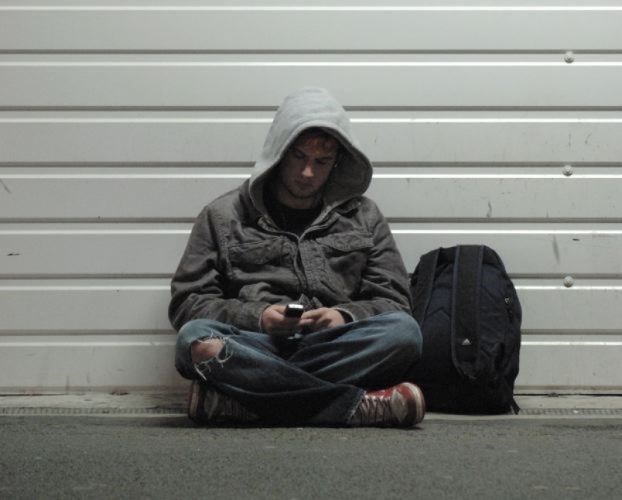The number of homeless counted during a survey in April was virtually the same as that uncovered during a similar effort two years ago, but there have been changes in composition.
Of the 129 found either spending the night outside or in an emergency shelter, compared to 131 in 2016, and the age range was similar, count coordinator Kerry Pateman said this week.
But the percentage of Indigenous people rose to 79 per cent from 69 while the ratio of men to women was about the same this time around. In 2016, 56 per cent were male.
The percentage who had spent some time in foster care stood at 48 per cent, up from 41 in 2016, but almost half found in previous counts have been in foster care, Pateman said.
There were some differences in the approach. Pateman said this year's was conducted at night while the previous one was carried out during the day.
"This is a snapshot," she said. "We did do things a little bit different this time."
She said the information will help get an understanding of needs and circumstances as part of the federal government's homelessness strategy, which has been for another 10 years effective April 2019.
"They want a base population of those that are chronic homeless and they want communities to figure out how to reduce that number," Pateman said. "So what we're hoping is that with some of the information, (we can figure out) how can we help them, how do we help them achieve having a home."
Over a period of 14 hours on April 18 about 25 volunteers and staff surveyed individuals in 11 agencies, including shelters, transitional housing facilities and drop-in centres. Also, eight organizations, including emergency shelters, transitional housing centres and institutional facilities provided enumeration data.
Other key findings were that 79 people stayed in transitional housing the night prior and of the 150 surveyed, 23 stayed outdoors 61 stayed in emergency shelters and the remainder in transitional housing the night prior.
As well, 64 per cent of the respondents had been homeless for six months or more of the past year, about the same as in 2016 while 22 per cent were episodically homeless because they had been homeless three or more times in the past year, compared to 44 per cent in 2016.
Most respondents - 96 per cent - said they do want to get into permanent housing.



